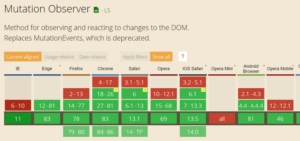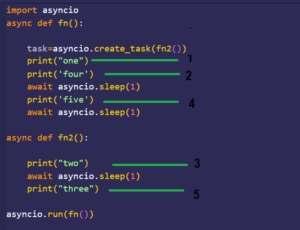Navigating the Dynamics of Revision Management: A Comprehensive Guide to Managing Revision Levels in Autodesk Electrical

In the realm of electrical design, maintaining meticulous revision control is essential for ensuring accuracy, traceability, and compliance with standards and regulations. Autodesk Electrical offers a robust set of tools and features to manage revision levels effectively, empowering users to track, document, and implement revisions seamlessly within their design projects. This comprehensive guide delves into the intricacies of managing revision levels in Autodesk Electrical, providing step-by-step instructions, best practices, and expert insights to optimize its utilization.
Understanding Revision Levels in Autodesk Electrical
Revision levels in Autodesk Electrical represent distinct stages or versions of design documents, such as schematic drawings, panel layouts, or reports. Each revision level signifies a point in the design process where modifications, updates, or corrections have been made to the original document. Key attributes of revision levels include:
- Version Control: Facilitates version control by assigning unique identifiers, such as revision letters or numbers, to each revision level.
- Traceability: Enables users to trace the evolution of design documents over time, tracking changes and modifications from one revision level to the next.
- Compliance: Ensures compliance with industry standards, regulations, and internal quality management processes by documenting and managing revisions systematically.
- Communication: Facilitates communication and collaboration among design team members by providing a clear reference point for discussing and implementing design changes.
Navigating Revision Levels in Autodesk Electrical
Let’s explore the step-by-step process of managing revision levels in Autodesk Electrical:
Step 1: Defining Revision Levels
- Establish a revision control system by defining the structure and format of revision levels, including revision letters (e.g., A, B, C) or numbers (e.g., 01, 02, 03).
- Determine the criteria and milestones for incrementing revision levels, such as major design updates, client approvals, or regulatory changes.
Step 2: Assigning Revision Levels
- Assign a revision level to each design document or drawing as changes are made, indicating the current state or version of the document.
- Update revision level information in title blocks, headers, or footers to reflect the latest revision of the document.
Step 3: Documenting Revisions
- Document revisions systematically by maintaining a revision log or register that records details of each revision, including revision level, date, author, and description of changes.
- Use Autodesk Electrical’s built-in revision management tools to annotate and track revisions directly within design documents.
Step 4: Reviewing and Approving Revisions
- Review and verify revisions with relevant stakeholders, such as design engineers, project managers, or clients, to ensure accuracy and completeness.
- Obtain approvals or sign-offs for revisions before implementing them in production or distribution.
Best Practices for Managing Revision Levels
To optimize your revision management process in Autodesk Electrical, consider the following best practices:
- Consistent Naming Conventions: Establish consistent naming conventions for revision levels to ensure clarity and uniformity across design documents.
- Document Control: Implement robust document control procedures to govern the creation, review, approval, and distribution of revised design documents.
- Versioning: Implement versioning protocols to distinguish between major revisions (e.g., A, B, C) and minor updates (e.g., 01, 02, 03) within each revision level.
- Automation: Leverage automation tools and scripts to streamline revision management tasks, such as updating title blocks or generating revision logs.
Conclusion
Managing revision levels in Autodesk Electrical is integral to maintaining accuracy, traceability, and compliance in electrical design projects. By following the step-by-step guide and best practices outlined in this comprehensive guide, users can effectively leverage Autodesk Electrical’s revision management tools to streamline processes, enhance communication, and ensure consistency across design documents. Whether you’re a seasoned professional or a novice user, mastering the management of revision levels will empower you to elevate your electrical design capabilities and achieve greater success with Autodesk Electrical.




